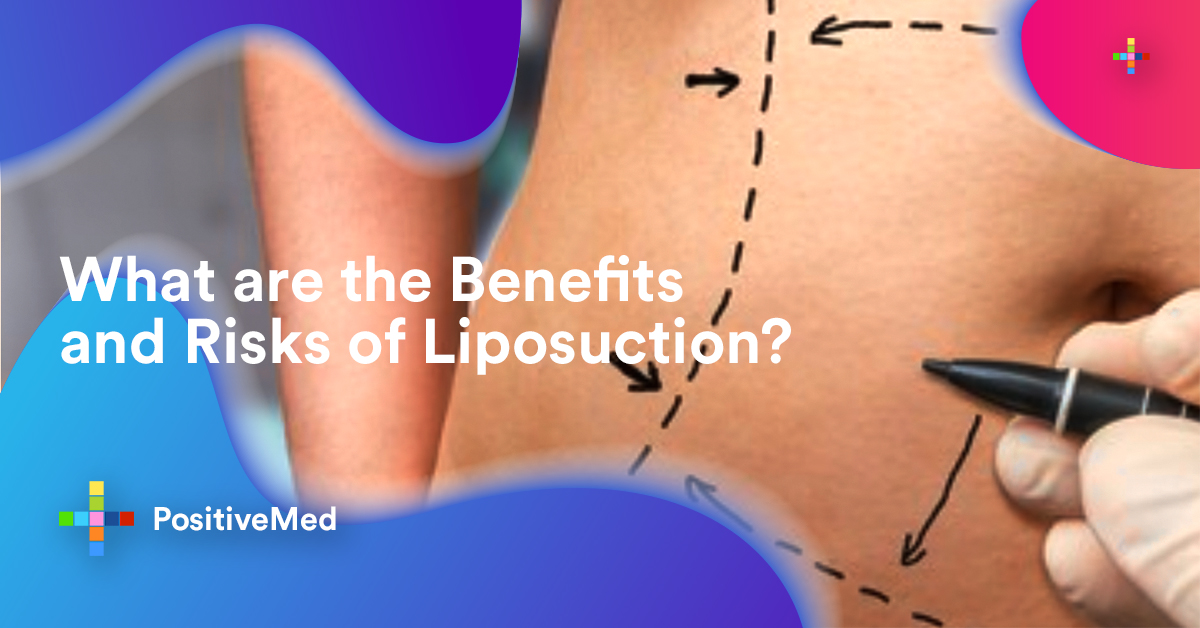Liposuction is a cosmetic surgery that removes fat from the body by breaking and ‘sucking’ it.
It is mostly used on the thighs, abdomen, buttocks, chin, neck, upper and backs parts of the arms, back, and calves.
A hollow instrument called cannula is used to remove the fat. This instrument is inserted under the skin and then a high-pressure vacuum is applied to the cannula.

The most common cosmetic operation in the world is liposuction. In the United States, there are more than 300,000 procedures that are carried out each year.
Facts About Liposuction
The following are some key points about liposuction:
• The whole process is done under general anesthesia
• Risks include scarring and infection
• It is not a tool for weight loss but a cosmetic process with indirect effects
• It can be used as a treatment of some medical conditions
What is liposuction?
Those who undergo this procedure normally have a stable body weight but they are after removing undesirable fats in some parts of the body. Liposuction is not taken as a treatment for obesity. The procedure does not remove dimples, stretch marks, or cellulite. It fits those who would like to enhance and change the contour of their bodies for aesthetic purposes.
It permanently removes all the fat cells, changing the shape of the body. However, if after the operation the patient does not live a healthy lifestyle, the remaining fat cells may grow bigger.
Uses of Liposuction
Liposuction is usually advised only when the lifestyle changes does not achieve the results desired. It treats the areas that are resistant to diet and exercise. You should discuss pros and cons of liposuction with a doctor before deciding on whether one should undergo it. It should only be done after a very careful consideration.
The following are areas of the body targeted for liposuction:
Back
Chest
Abdomen
Buttocks
Inner knees
Flanks
Hips
Thighs
Neck and chin
Upper arms
It works best for the people with good skin elasticity and tone, whereby the skin can mold itself into new contours. One should be in good health and above 18 years of age. Those with health problems such as diabetes, weakened immune system or, coronary artery disease should avoid liposuction.
Benefits of Liposuction
Liposuction procedure is usually done for cosmetic purposes. However, sometimes it can be used for treatment of other conditions such as:
•Gynecomastia. This is when there is accumulation of fats under a person’s breasts.
•Lymphedema. This is a long-term or chronic condition whereby excess fluid known as lymph gets collected in the body tissues causing swelling or edema. Edema usually occurs in the legs or arms. Liposuction can be used to reduce discomfort, pain, and swelling.
•Excessive weight loss after obesity. When a person gets morbid obesity where one loses about 40 percent of their BMI may require to get rid of excess skin and some other abnormalities.
•Lipodystrophy syndrome. This is whereby fat accumulates in one part of the body and get lost in another. Liposuction can improve a person’s appearance by giving a more natural looking body fat distribution.
Lipomas. This is when one gets benign or fatty tumor in the body.
Results of Liposuction
The results of the operation will not be clear until when the inflammation goes down. Sometimes, this may take some months. Most of the swelling will settle after 4 weeks. The area where fat has been removed will appear less bulky. Those who try to maintain their weight, they normally get permanent results. The ones who gain weigh after the operation may find that their fat distribution changes. For the ones who had fats accumulating in their hips might realize that their buttocks have become a new problem area.
Risks of Liposuction
Like any other major surgery, liposuction has risks such as infection, bleeding, and the adverse reactions of anesthesia.
The risks of the getting any complication will depend on how large the procedure is and the skills of the surgeon.
The following complications, unpleasant side effects, and risks are possible:
• Inflammation. The swelling can take up to 6 months to settle and there might be oozing of fluid from the incisions.
• Contour irregularities. When one has poor elasticity of the skin, the skin may appear withered, bumpy, or wavy.
Severe bruises. This lasts for several weeks.
• Infections. Skin infections may happen after the surgery, although it is rare. Sometimes, this requires surgical treatment with some risks of scarring.
• Numbness. For a while, one may feel numb although it is temporary.
Punctures of the internal organs.
• Heart or kidney problems. When fluids are injected or suction, there is a change in the fluids levels in the body which may cause kidney or heart problems.
• Thrombophlebitis. This when a blood clot is formed in a vein. This causes inflammation and many other complications.
• Pulmonary edema. There are times when the fluids are injected in the body gets accumulated in the lungs.
• Pulmonary embolism. This is whereby fats in the blood vessels get to the lungs blocking circulation. This is life-threatening.
• Skin burns. The movement of the cannula may cause friction burns to the skin.
• Allergic reaction. There are cases when a patient may get allergic to some materials or medications that are used during the surgery.
Liposuction surgery is an optional cosmetic procedure that has some risks. It has never been a substitute for a weight loss and not everybody is a candidate. Before the surgery, ensure you meet a plastic surgeon who are board-certified and discuss the possible risks and complications before you undergo liposuction.
Edited by: Jessa (Feb. 18, 2019)






